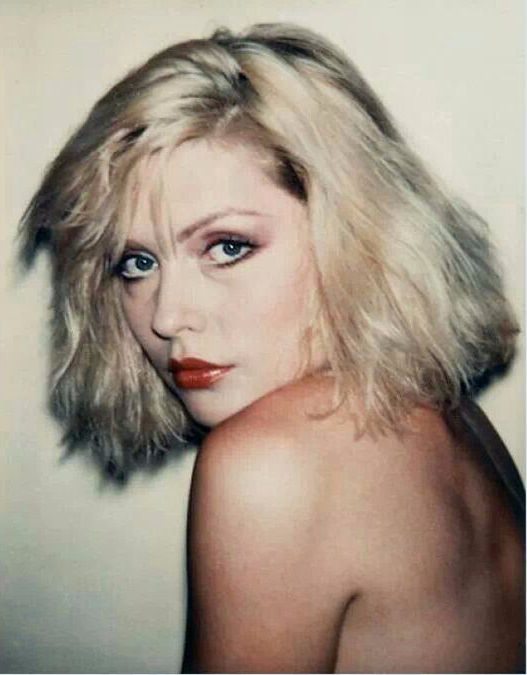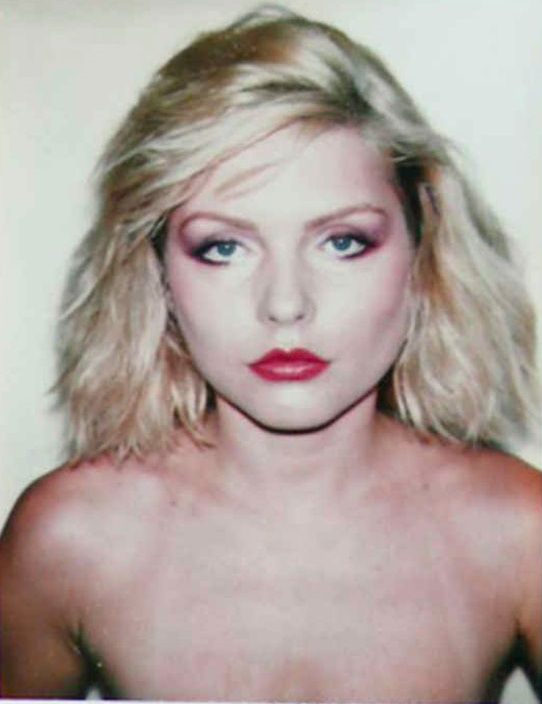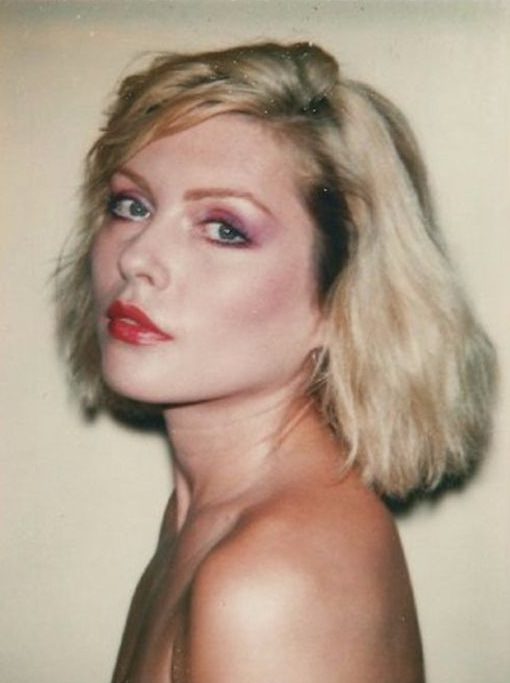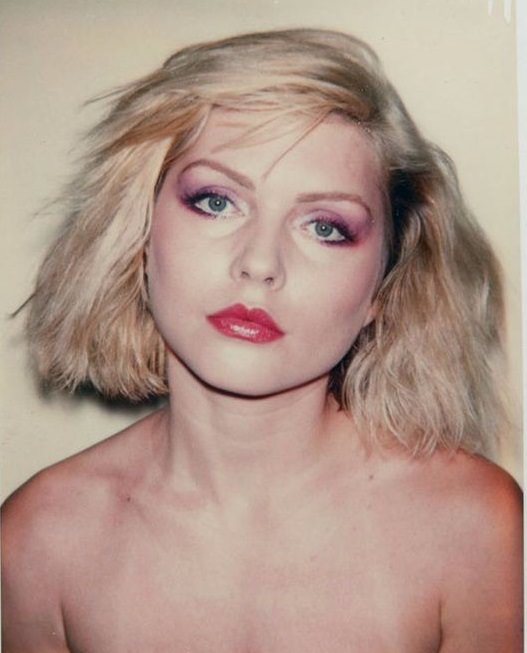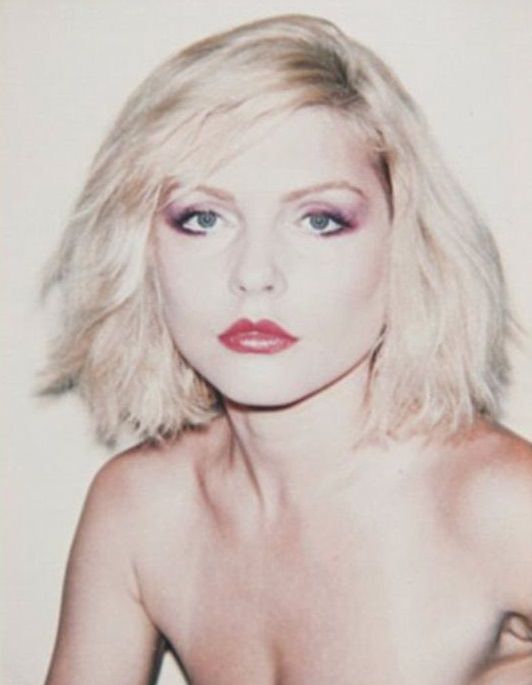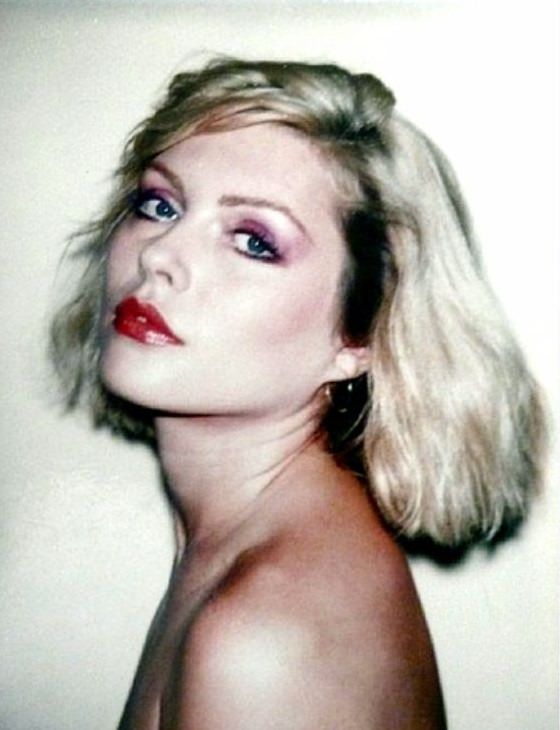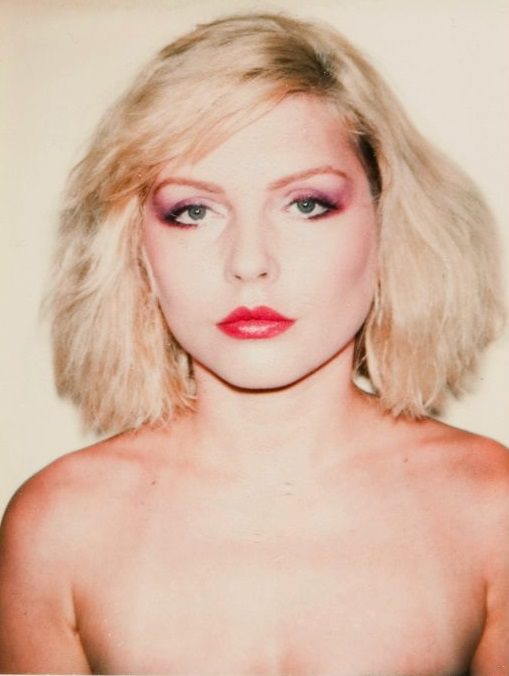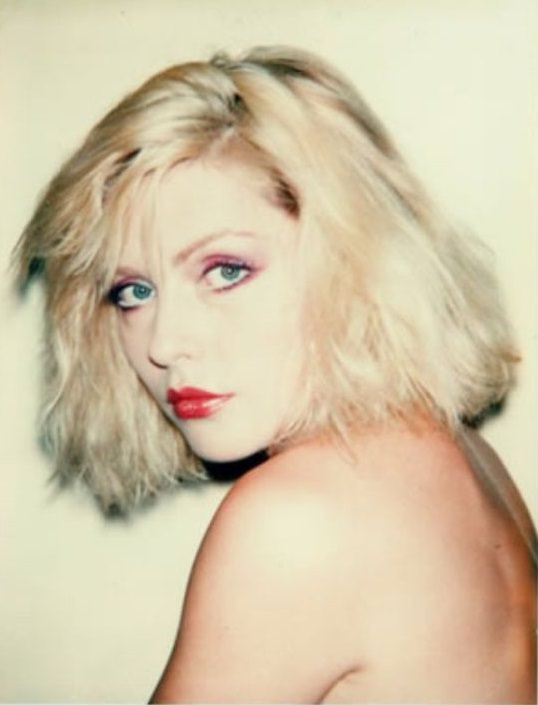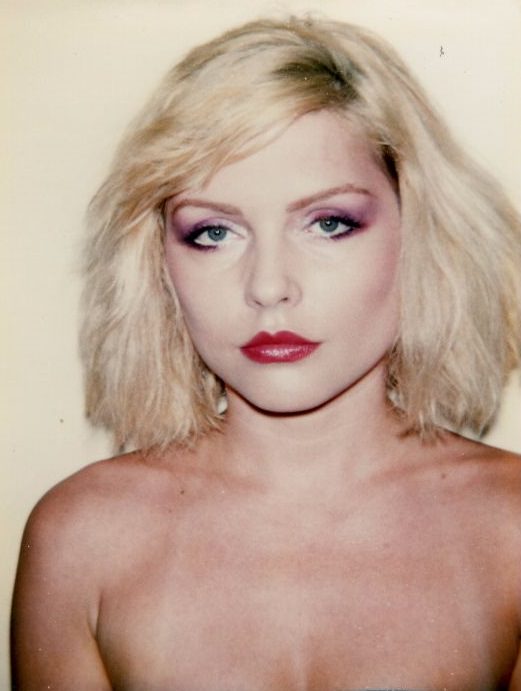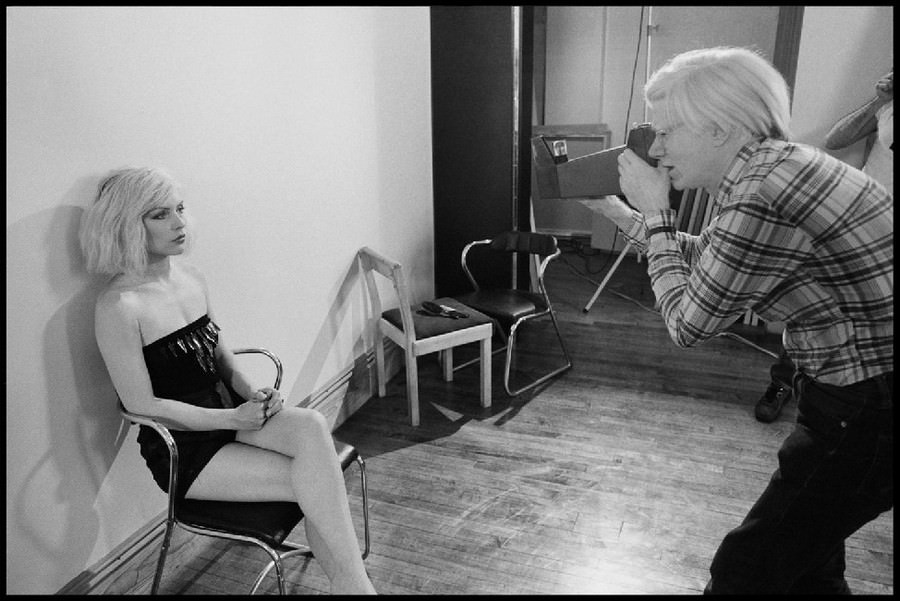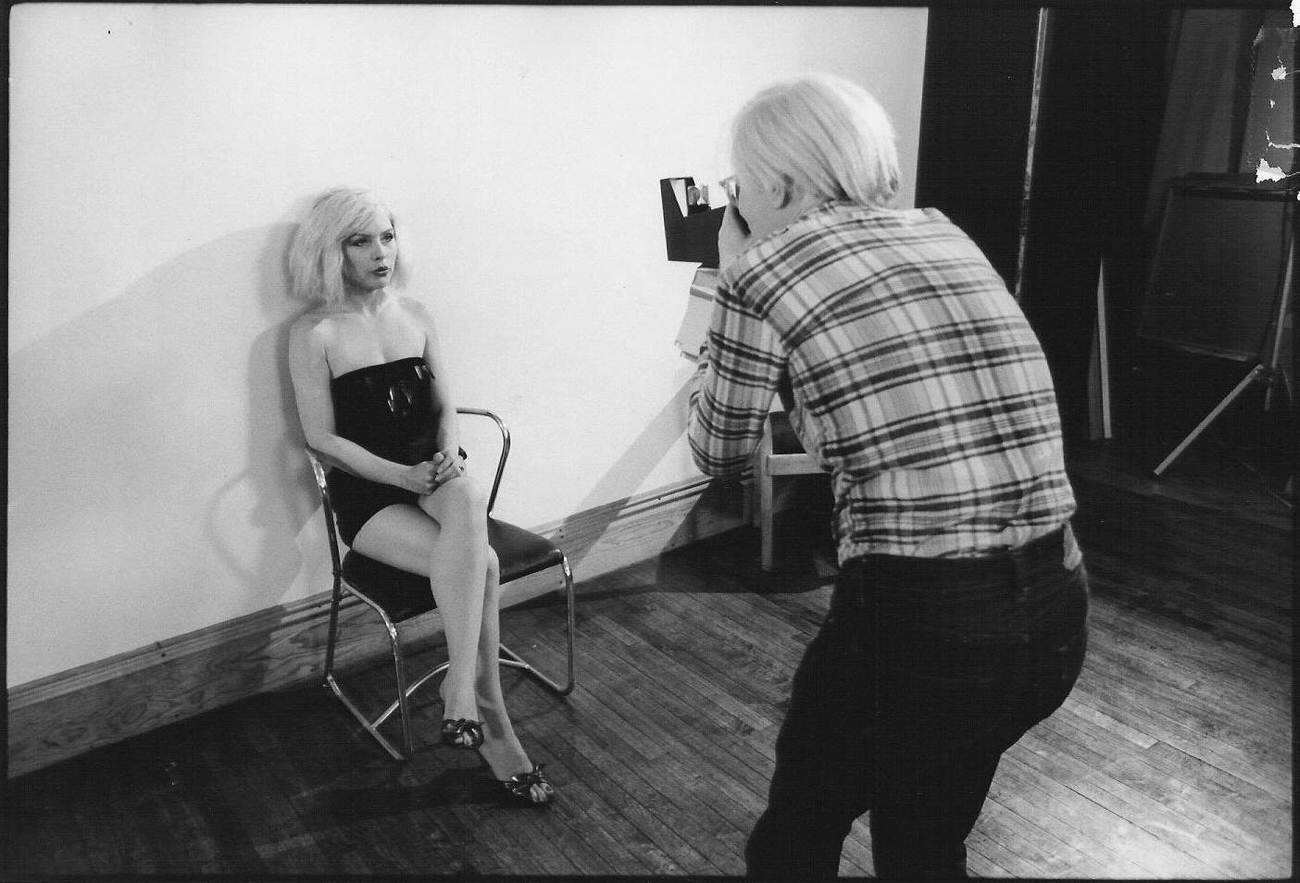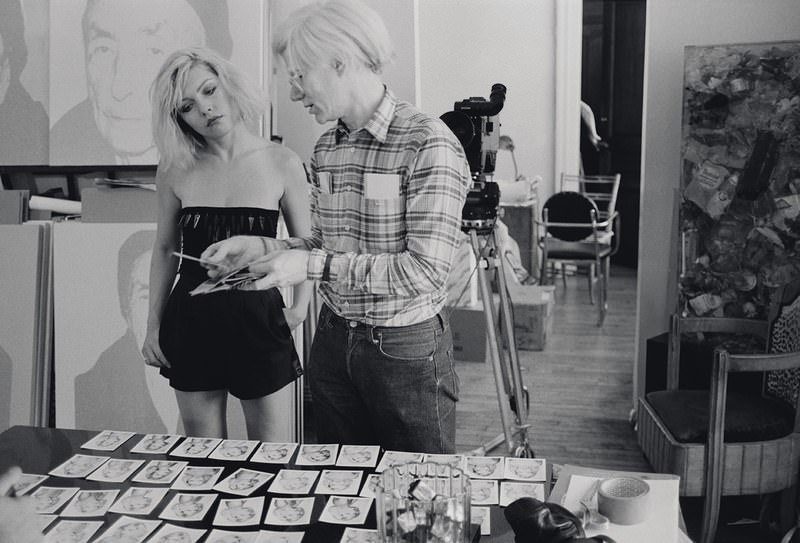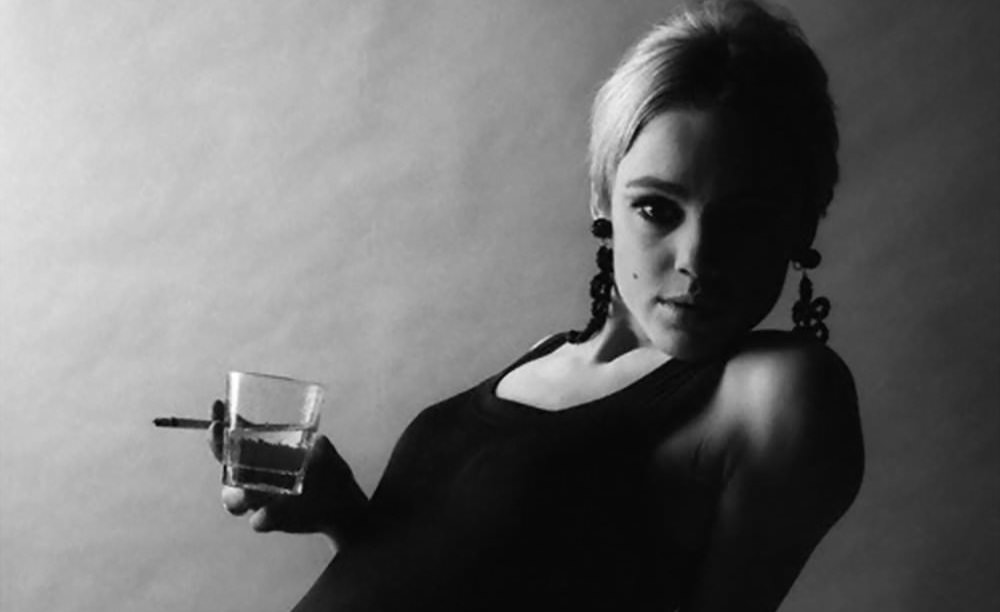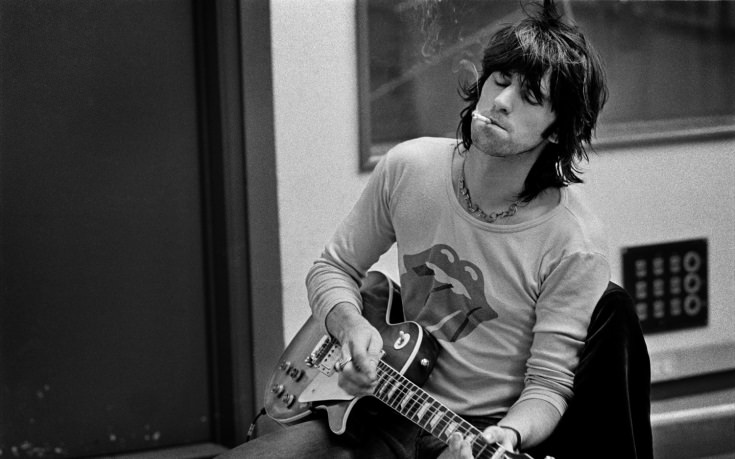In 1980, Andy Warhol, one of the most influential artists of the 20th century, took a series of Polaroid photographs of Debbie Harry, the iconic frontwoman of the punk rock band Blondie. These photos are simple yet striking, capturing Harry’s timeless beauty and effortlessly cool persona. Warhol was known for his fascination with celebrity culture, and his interest in Harry was a natural fit. At the time, Blondie was at the height of its fame, and Harry had become a symbol of the punk and new wave movements.
The Meeting of Two Icons
Debbie Harry and Andy Warhol both emerged from New York City’s thriving art and music scenes, which made their eventual connection almost inevitable. New York in the late 1970s and early 1980s was a hub for creative minds, and people from different artistic worlds often crossed paths. In an interview, Harry described how she first met Warhol by chance on the streets of New York. She recalled bumping into him on Broadway and 13th Street, which led to a conversation and eventually a friendship.
Their bond grew over time, with Harry becoming a regular visitor to Warhol’s famous studio, “The Factory.” The Factory was a gathering place for artists, musicians, filmmakers, and other creatives. It was here that Warhol produced much of his work, and also where he took Polaroid portraits of many of New York’s most famous personalities. Harry, who had already cemented her place as a music and fashion icon, fit right into Warhol’s world.
Read more
Warhol’s Polaroid Technique
The Polaroid camera was one of Warhol’s favorite tools for capturing portraits. He used it to take quick, unfiltered images of his subjects, often celebrities or artists, before turning the photos into larger works of art. Warhol favored the Polaroid camera because it allowed him to work quickly and get an instant result, unlike traditional photography which required developing film. The immediacy of the Polaroid gave his images a raw and authentic quality, which was part of their appeal.
When Warhol photographed Debbie Harry, he didn’t rely on heavy direction or complex setups. According to Harry, the environment was relaxed and easy. Warhol was known for his understated approach, and he would simply suggest small adjustments like, “Try looking over here.” This simple direction allowed Harry’s natural confidence and beauty to shine through in the photos. Warhol’s goal wasn’t to create overly polished images, but rather to capture something real and spontaneous.
Debbie Harr
Debbie Harry was a perfect subject for Warhol’s Polaroid series. At the time, she was considered one of the most beautiful and stylish women in the world, with her platinum blonde hair and striking features. But beyond her appearance, Harry represented a new kind of celebrity—one that mixed punk attitude with glamour. She was both edgy and chic, embodying the contradictions of the punk rock era.
In Warhol’s Polaroids, Harry’s personality comes through in a way that is both powerful and understated. There’s a simplicity to the images that highlights her natural beauty, without the need for heavy makeup or elaborate styling. The Polaroids capture Harry as she was in that moment—confident, iconic, and effortlessly cool.


